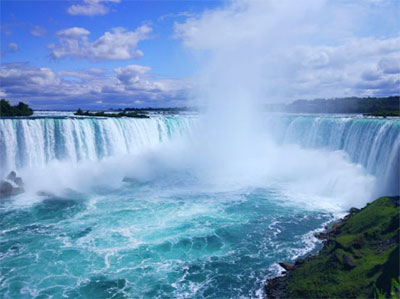Condensation on air conditioning air diffusers
Condensation on air conditioning metal (steel or aluminum) air diffusers can occur due to several factors. Firstly, weather-based heat and humidity play a significant role. When warm and humid air enters the air-conditioned space, it can come into contact with the cold metal surface of the diffusers, leading to condensation formation.
Climate-based heat and humidity also contribute to this issue. In regions with high heat and humidity levels, the temperature difference between the conditioned air and the metal surface can be significant, resulting in condensation buildup on the diffusers.
Another factor can be the result of air coming from the duct that is much too cold, due to high friction air in the duct. Metal diffusers are highly susceptible to cold air coming out of the duct, causing a significant difference in temperatures on the diffuser resulting in condensation.
Over-crowded rooms with human activity, such as gyms, can release additional heat and humidity into the air. This increased moisture content can increase the likelihood of condensation on the diffusers.
Similarly, overcrowded rooms with an abundance of plants can contribute to condensation. Plants release moisture through transpiration, which can elevate the humidity levels in the room, creating favorable conditions for condensation to occur on the metal surfaces.
INVI’s non-metal air diffusers are made from a composite material and have up to 95% less chance for condensation to occur on them compared to metal diffusers. That means 95% less chance of any kind of dampness damage (water droplets, cracks, mold).



